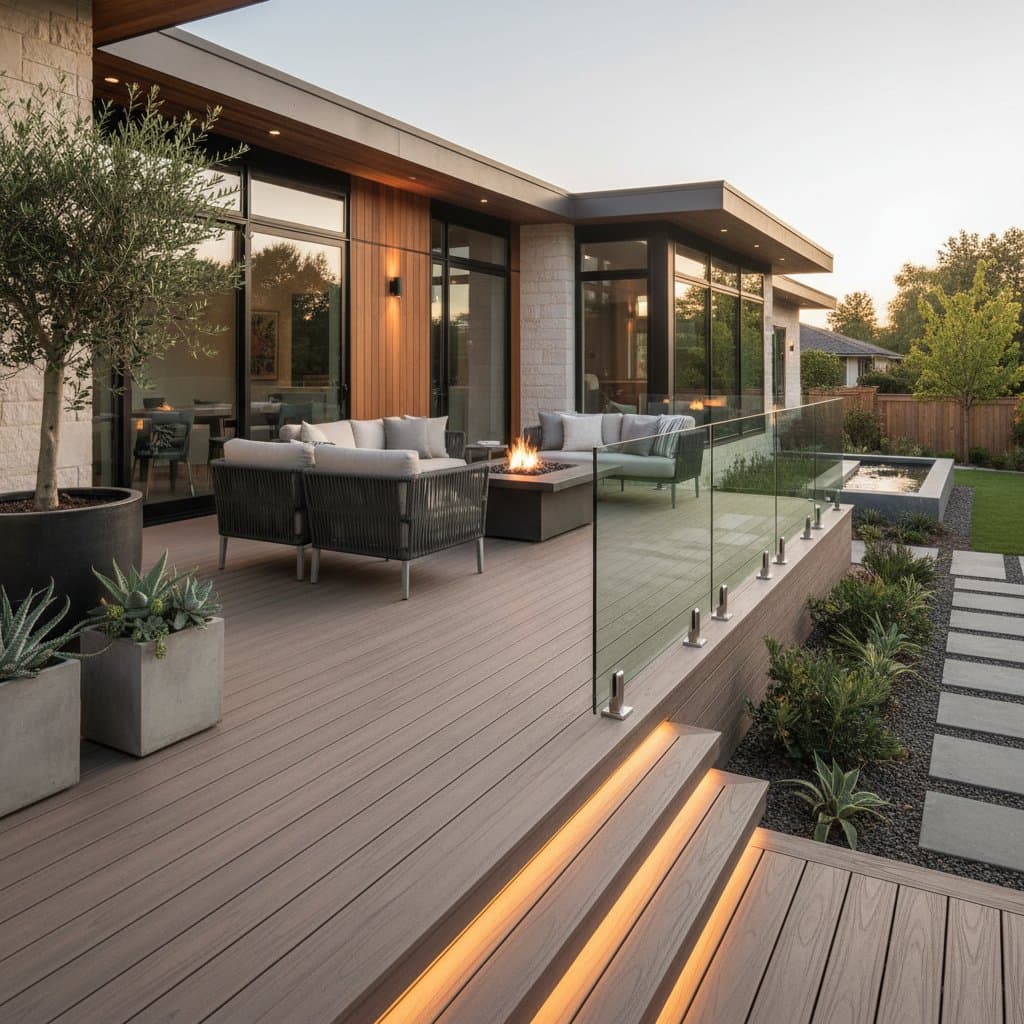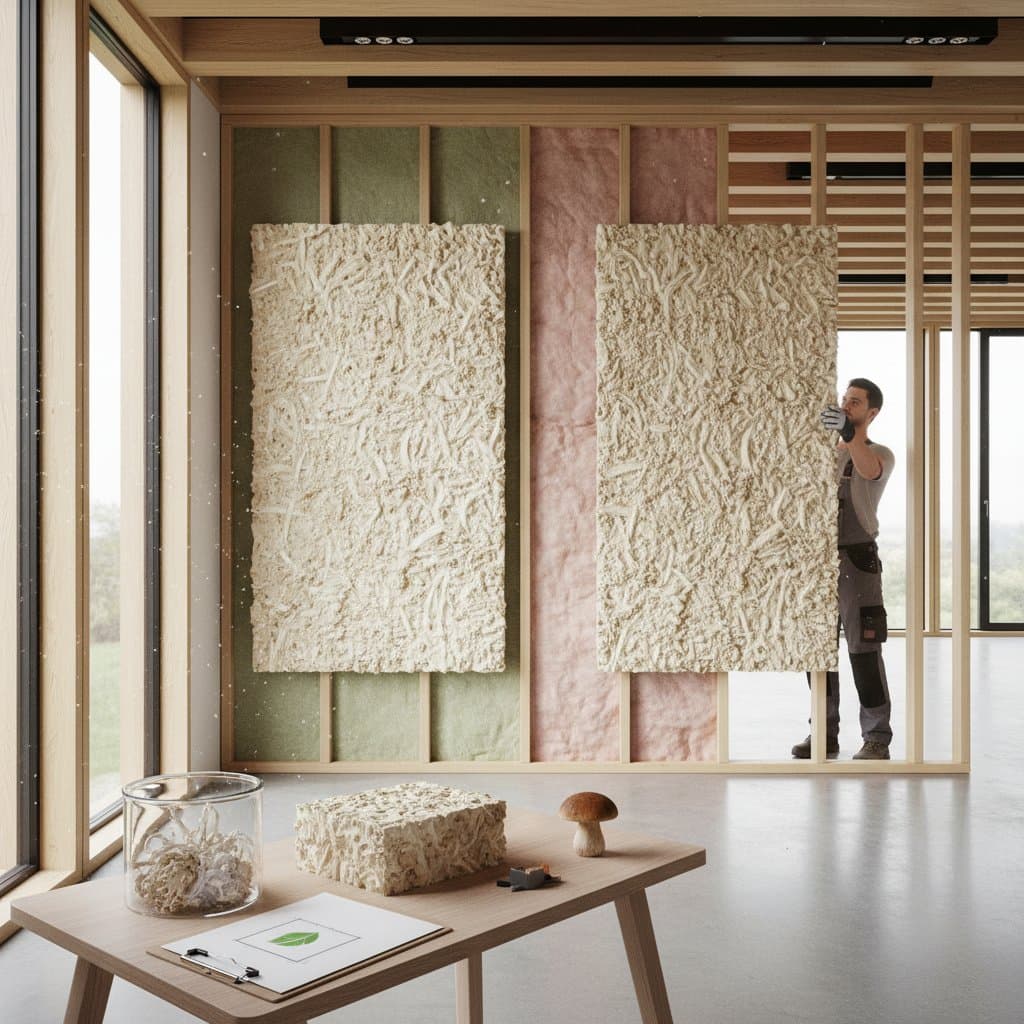Hempcrete Homes: Revolutionizing Green Building in 2025
Imagine constructing a home that not only shelters you but also actively benefits the planet. Hempcrete, a bio-composite material crafted from hemp, lime, and water, is transforming sustainable construction by offering walls that breathe, insulate naturally, and capture carbon. As energy costs soar and environmental concerns deepen, this innovative material is gaining traction among builders and homeowners seeking smarter, greener solutions for the future.
Understanding Hempcrete: A Sustainable Building Block
Hempcrete is not a substitute for structural concrete but rather a lightweight, insulating material ideal for walls, roofs, and floors. It is made from hemp hurd, the woody inner core of the hemp plant, blended with lime and water to form a durable, breathable matrix. Typically cast around a wooden or steel frame, hempcrete creates thick walls that excel at regulating indoor climates without relying heavily on mechanical systems.
What sets hempcrete apart is its ability to combine functionality with environmental benefits. Its porous nature allows it to manage moisture, while its thermal properties reduce the need for excessive heating or cooling. For anyone exploring eco-friendly building options, hempcrete stands out as a practical yet forward-thinking choice.
Why Hempcrete Is Gaining Momentum
The construction industry faces mounting pressure from rising energy expenses, stringent regulations, and a growing demand for healthier living spaces. Hempcrete addresses these challenges head-on by delivering energy efficiency, carbon sequestration, and improved indoor air quality in a single material.
Superior Energy Efficiency
Hempcrete walls provide exceptional thermal performance, acting as both insulation and thermal mass. They retain warmth in colder months and absorb excess heat during warmer periods, releasing it slowly to maintain stable indoor temperatures. Studies from sustainable building advocates suggest that homes with hempcrete walls can cut heating and cooling needs by 30 to 50 percent compared to traditional materials, translating to substantial savings on utility bills.
Locking Away Carbon
One of hempcrete's most impressive traits is its carbon-negative profile. Hemp plants absorb significant amounts of carbon dioxide as they grow, and this carbon remains stored within the material after processing. Over time, the lime in hempcrete continues to absorb additional carbon dioxide through a natural process, further reducing the environmental impact of construction projects.
Healthier Indoor Environments
Unlike synthetic insulations or chemically treated materials, hempcrete naturally balances humidity by absorbing excess moisture and releasing it when the air becomes too dry. This minimizes the risk of mold growth and fosters a more comfortable, allergen-friendly living space. For individuals with sensitivities, hempcrete offers a safer alternative to conventional building options.
Weighing Costs Against Long-Term Value
While hempcrete presents clear environmental and functional advantages, the initial investment often raises questions. Construction with hempcrete typically costs 10 to 20 percent more upfront than standard methods, largely due to limited material availability and the need for specialized labor. However, the long-term benefits, including reduced energy expenses, minimal maintenance, and exceptional durability, often offset these costs within 7 to 15 years.
Additionally, hempcrete's fire-resistant properties may lead to lower insurance premiums, adding to its financial appeal. The table below highlights key comparisons between hempcrete and conventional materials:
| Factor | Hempcrete | Conventional Materials |
|---|---|---|
| Upfront Cost | 10 to 20% higher | Standard |
| Energy Savings | 30 to 50% reduction | Minimal |
| Carbon Impact | Carbon negative | Carbon positive |
| Durability | Over 100 years | Varies by material |
Navigating the Challenges of Hempcrete
Despite its many strengths, hempcrete is not without hurdles. Availability remains limited in some regions, making sourcing a potential issue. Few contractors possess the expertise needed for proper application, which can drive up labor costs. Additionally, hempcrete requires curing time, slowing construction timelines, and building codes in certain areas may not yet fully accommodate its use, necessitating extra approvals.
Homeowners and builders must balance these obstacles against the material's enduring value and ecological benefits when deciding whether to incorporate hempcrete into their projects.
Steps to Build with Hempcrete
If you are considering hempcrete for your next construction endeavor, follow these actionable steps to ensure a smooth process:
- Seek out contractors with specific experience in hempcrete application, as proper mixing and curing are critical to performance.
- Verify local building codes to confirm that hempcrete is permitted, and prepare for any additional certifications if required.
- Account for extended construction timelines, particularly in humid climates where drying may take longer.
- Integrate hempcrete into a comprehensive design that includes passive solar elements, efficient windows, and optimized heating systems for maximum impact.
- Investigate potential incentives, such as tax credits or grants, offered for sustainable building practices to help offset initial costs.
Embracing a Greener Future with Hempcrete
Hempcrete represents more than a passing trend in sustainable building; it embodies a shift toward materials that harmonize with natural processes. As architects and builders experiment with its applications across residential and commercial projects, and as supply chains expand, costs are likely to become more competitive. For now, choosing hempcrete signals a commitment to environmental stewardship and long-term responsibility, offering a tangible way to reduce your carbon footprint while enjoying a more comfortable, cost-effective home.









